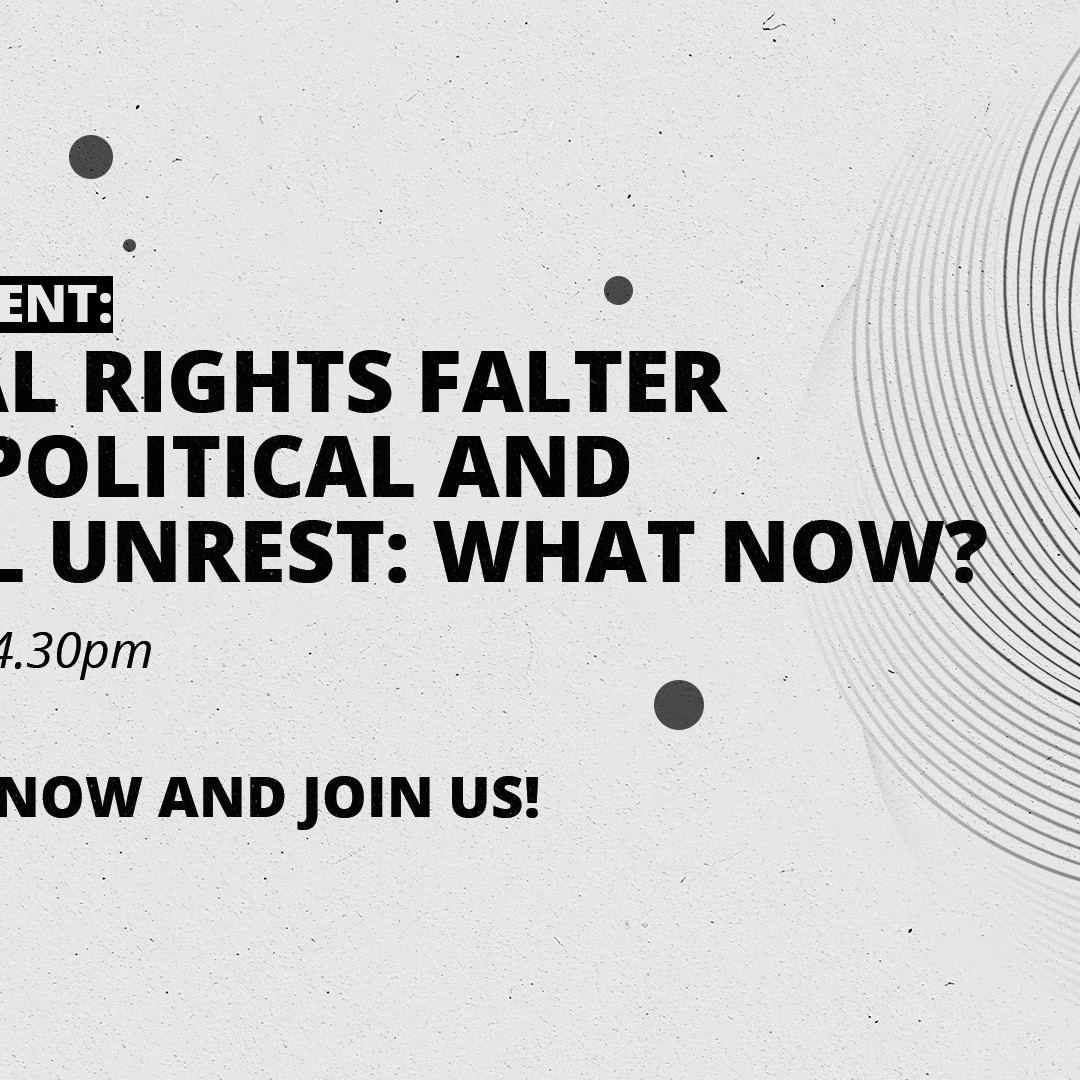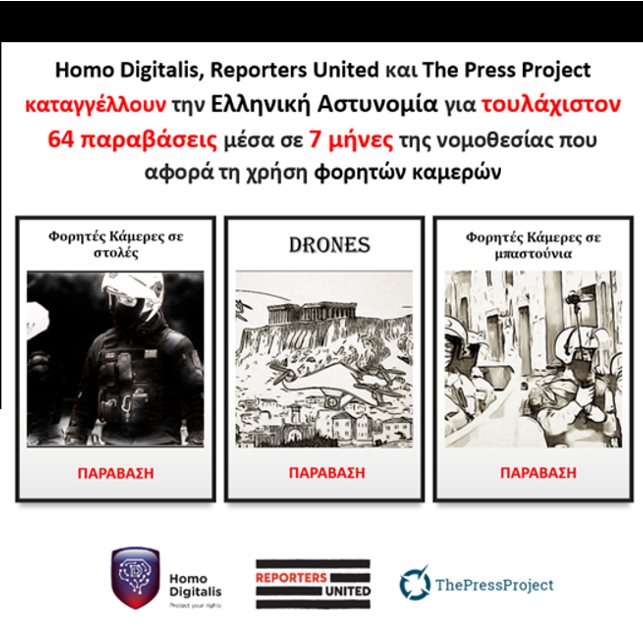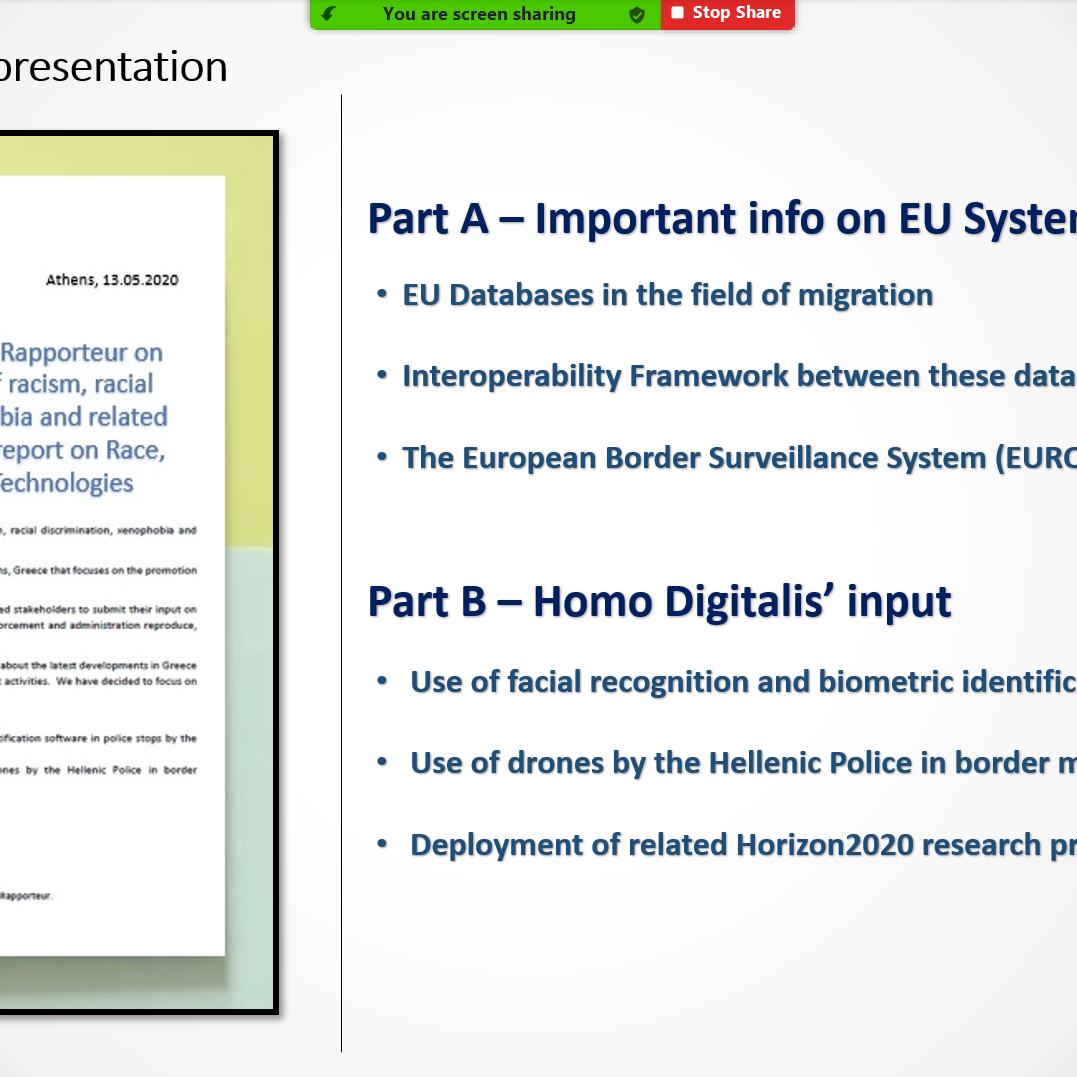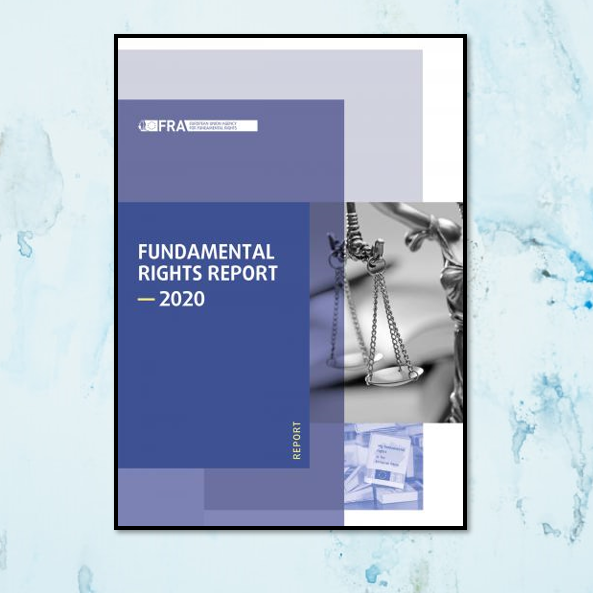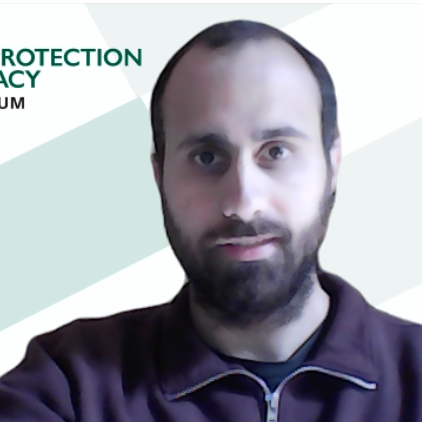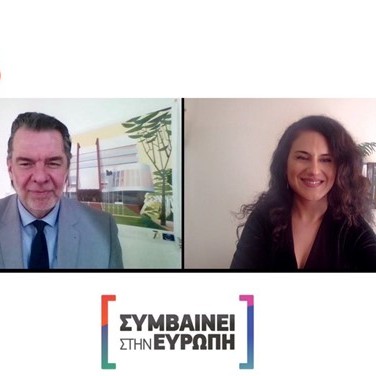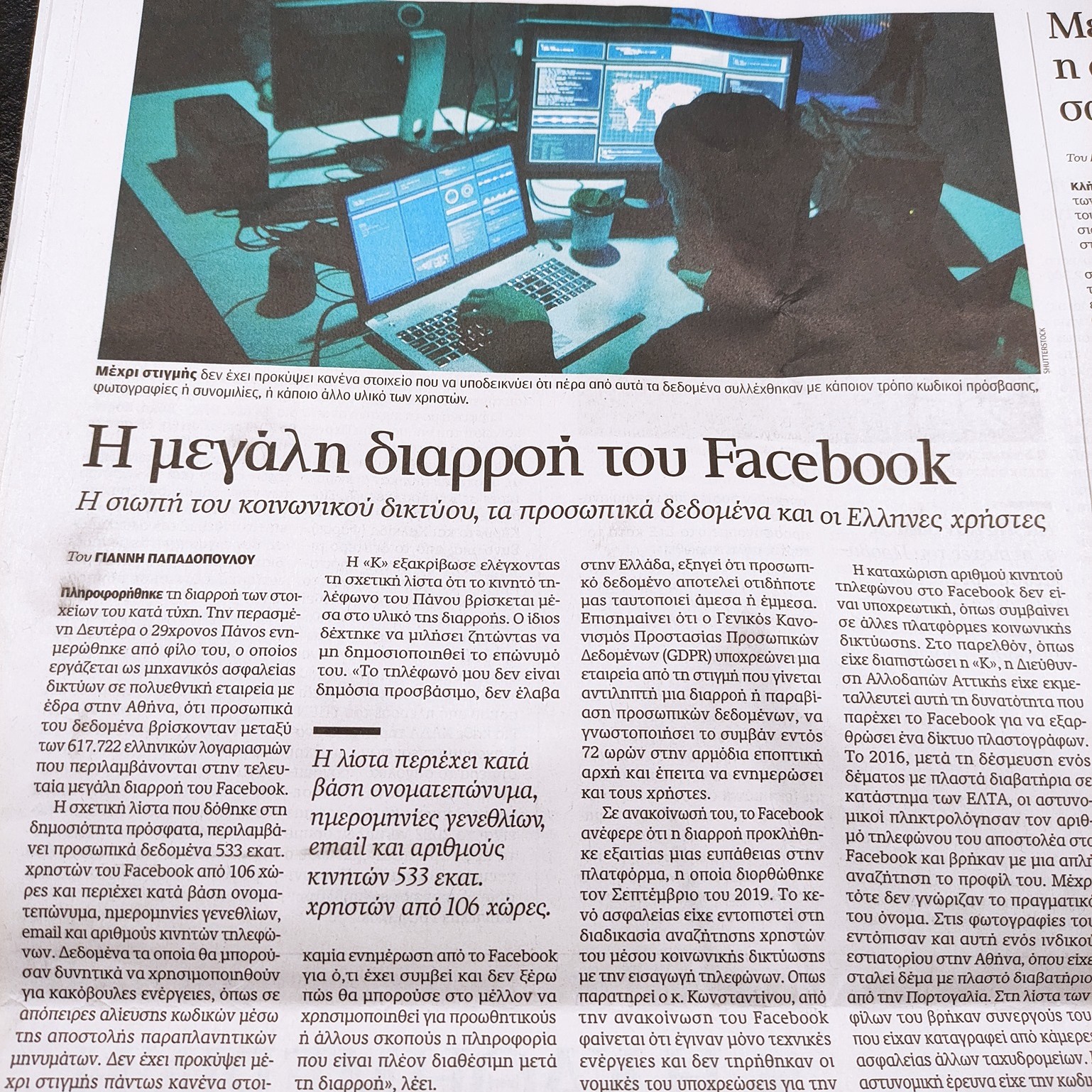By Anastasios Arampatzis
Misinformation is as old as politics itself. From forged pamphlets to biased newspapers, those seeking power have always manipulated information. Today, a technological revolution threatens to take disinformation to unprecedented levels. Generative AI tools, capable of producing deceptive text, images, and videos, give those who seek to mislead an unprecedented arsenal. In 2024, as a record number of nations hold elections, including the EU Parliamentary elections in June, the very foundations of our democracies tremble as deepfakes and tailored propaganda threaten to drown out truth.
Misinformation in the Digital Age
In the era of endless scrolling and instant updates, misinformation spreads like wildfire on social media. It’s not just about intentionally fabricated lies; it’s the half-truths, rumors, and misleading content that gain momentum, shaping our perceptions and sometimes leading to real-world consequences.
Think of misinformation as a distorted funhouse mirror. Misinformation is false or misleading information presented as fact, regardless of whether there’s an intent to deceive. It can be a catchy meme with a dubious source, a misquoted scientific finding, or a cleverly edited video that feeds a specific narrative. Unlike disinformation, which is a deliberate spread of falsehoods, misinformation can creep into our news feeds even when shared with good intentions.
How the Algorithms Push the Problem
Social media platforms are driven by algorithms designed to keep us engaged. They prioritize content that triggers strong emotions – outrage, fear, or click-bait-worthy sensationalism. Unfortunately, the truth is often less exciting than emotionally charged misinformation. These algorithms don’t discriminate based on accuracy; they fuel virality. With every thoughtless share or angry comment, we further amplify misleading content.
The Psychology of Persuasion
It’s easy to blame technology, but the truth is we humans are wired in ways that make us susceptible to misinformation. Here’s why:
- Confirmation Bias: We tend to favor information that confirms what we already believe, even if it’s flimsy. If something aligns with our worldview, we’re less likely to question its validity.
- Lack of Critical Thinking: In a fast-paced digital world, many of us lack the time or skills to fact-check every claim we encounter. Pausing to assess the credibility of a source or the logic of an argument is not always our default setting.
How Generative AI Changes the Game
Generative AI models learn from massive datasets, enabling them to produce content indistinguishable from human-created work. Here’s how this technology complicates the misinformation landscape:
- Deepfakes: AI-generated videos can convincingly place people in situations they never were or make them say things they never did. This makes it easier to manufacture compromising or inflammatory “evidence” to manipulate public opinion.
- Synthetic Text: AI tools can churn out large amounts of misleading text, like fake news articles or social media posts designed to sound authentic. This can overwhelm fact-checking efforts.
- Cheap and Easy Misinformation: The barrier to creating convincing misinformation keeps getting lower. Bad actors don’t need sophisticated technical skills; simple AI tools can amplify their efforts.
The Dangers of Misinformation
The impact of misinformation goes well beyond hurt feelings. It can:
- Pollute Public Discourse: Misinformation hinders informed debate. It leads to misunderstandings about important issues and makes finding consensus difficult.
- Erode Trust: When we can’t agree on basic facts, trust in institutions, science, and even the democratic process breaks down.
- Targeted Manipulation: AI tools can allow for highly personalized misinformation campaigns that prey on specific vulnerabilities or biases of individuals and groups.
- Influence Decisions: Misinformation can influence personal decisions, including voting for less qualified candidates or promoting radical agendas.
What Can Be Done?
There is no single, easy answer for combating the spread of misinformation. Disinformation thrives in a complicated web of human psychology, technological loopholes, and political agendas. However, recognizing these challenges is the first step toward building effective solutions. Here are some crucial areas to focus on:
- Boosting Tech Literacy: In a digital world, the ability to distinguish reliable sources from questionable ones is paramount. Educational campaigns, workshops, and accessible online resources should aim to teach the public how to spot red flags for fake news: sensational headlines, unverified sources, poorly constructed websites, or emotionally charged language.
- Investing in Fact-Checking: Supporting independent fact-checking organizations is key. These act as vital watchdogs, scrutinizing news, politicians’ claims, and viral content. Media outlets should consider prominently labeling content that has been verified or clearly marking potentially misleading information.
- Balancing Responsibility & Freedom: Social media companies and search engines bear significant responsibility for curbing the flow of misinformation. The EU’s Digital Services Act (DSA) underscores this responsibility, placing requirements on platforms to tackle harmful content. However, this is a delicate area, as heavy-handed censorship can undermine free speech. Strategies such as demoting unreliable sources, partnering with fact-checkers, and providing context about suspicious content can help, but finding the right balance is an ongoing struggle, even in the context of evolving regulations like the DSA.
- The Importance of Personal Accountability: Even with institutional changes, individuals play a vital role. It’s essential to be skeptical, ask questions about where information originates, and be mindful of the emotional reactions a piece of content stirs up. Before sharing anything, verify it with a reliable source. Pausing and thinking critically can break the cycle of disinformation.
The fight against misinformation is a marathon, not a sprint. As technology evolves, so too must our strategies. We must remain vigilant to protect free speech while safeguarding the truth.


